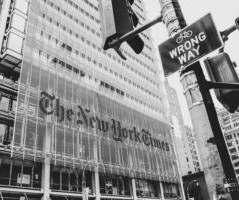Let’s Go Hazy: Making Sense of Fair Use After Warhol
Copyright Lately
MAY 22, 2023
Goldsmith (“ Warhol “) is that relatively rare fair use case in which both the original and follow-on works were more or less directly competing in the same market. More typically, two works aren’t market substitutes, which means that determining whether a secondary use is justified is more difficult.






















Let's personalize your content